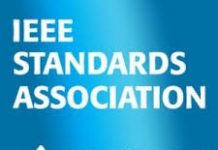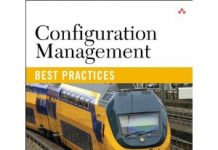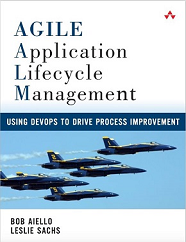Behaviorally Speaking – CM Excellence
by Bob Aiello with Dovid Aiello
Configuration management (CM) is a comprehensive and awesome discipline with practices that can help improve quality and productivity throughout the entire software and systems delivery lifecycle. Configuration management is the basis of DevOps and without excellent CM you are not going to be successful implementing continuous practices such as integration and delivery.
The lack of CM Best Practices or poorly-implemented CM can be disastrous for an organization. Although, interestingly enough, disasters themselves can provide a great opportunity to improve your configuration management because they highlight the importance of getting the process right. As Winston Churchill once said, “never let a good crisis go to waste”. For example, software installation and upgrades can result in major outages that are so disruptive that they threaten the very existence of the corporation. Conversely, excellence in configuration management can be just as beneficial. Read on if you would like to truly achieve CM excellence.
It is always important to start by considering what excellence will look like. For me, CM Best Practices means that we always know exactly what version of the code (actually configuration items or CIs) is running in production (or QA) at any point in time. We also want to be able to retrieve the exact version of the code used to build and deploy the release to production (or QA) and we need to be able to make a small change to the code without any chance of the code regressing due to the wrong version of a header file or some other dependency. These three capabilities are the starting point for CM excellence. Unfortunately, many companies do not have the necessary procedures in place to guarantee these capabilities . Here’s how to implement them.
It is always essential to start with version control, including baselining your code using a tag or label. Baseling refers to identifying all of the configuration items (CIs) for a specific milestone. You also want to be able to link changesets to workitems so that you have traceability as to exactly why a change occurred and who gave the authorization. When a bugfix is necessary, it is non-negotiable to have relible variant management (using branches or streams).
Automated application builds with immutable version IDs embedded in each configuration item (CI) are also essential as is packaging the release with a manifest specifying the contents (often called a bill of materials or BOM). The package also needs to contain a procedure that can verify both the contents of the package and also the application that has been deployed. Physical Configuration Audits verify that you have the correct configuration items (CIs) and a functional configuration audit verifies that the CIs are performing as they wre intended.
Application deployment must also be fully automated and should enable you to deploy applications frequently and painlessly. It is ideal to have a complete deployment framework to help ensure a consistent and reliable methodology for automated application deployment. There are many challenges that can impact the successful implementation of configuration management. The most challenging that I have found is a lack of communication between developers and the operations folks who are responsible for ensuring reliable and continuous service. One aspect of this challenge involves the sharing of technical knowledge. Developers get to learn new technologies and spend countless (truly countless) hours working with complex technologies. Operations folks get the runtime code when it is about to go live and often have only a short period of time to get up to speed. I have experienced this exact challenge as a build engineer. It is particularly difficult when the technology changes and there is less than adequate communication and training to help operations get up to speed.
DevOps has emerged as an industry best practice that focuses on improving communication between development and operations. I often explain that in CM we mix the ingredients and in DevOps, we make the pie. Applications should be built with the tools necessary to maintain them and, equally importantly, ensure continuous and excellent service. Moving automated build, package and deployment upstream means that automated procedures required for deployment to production can also be used for deployment to development test regions, QA, and UAT. This approach allows us to achieve excellence by having our automation developed and tested early in the process.
Excellence in CM requires that you implement best practices that meet the needs of your team. Implemented well, automated build, package and deployment can help streamline the entire software and system development process, improving quality and productivity for your entire team.





















